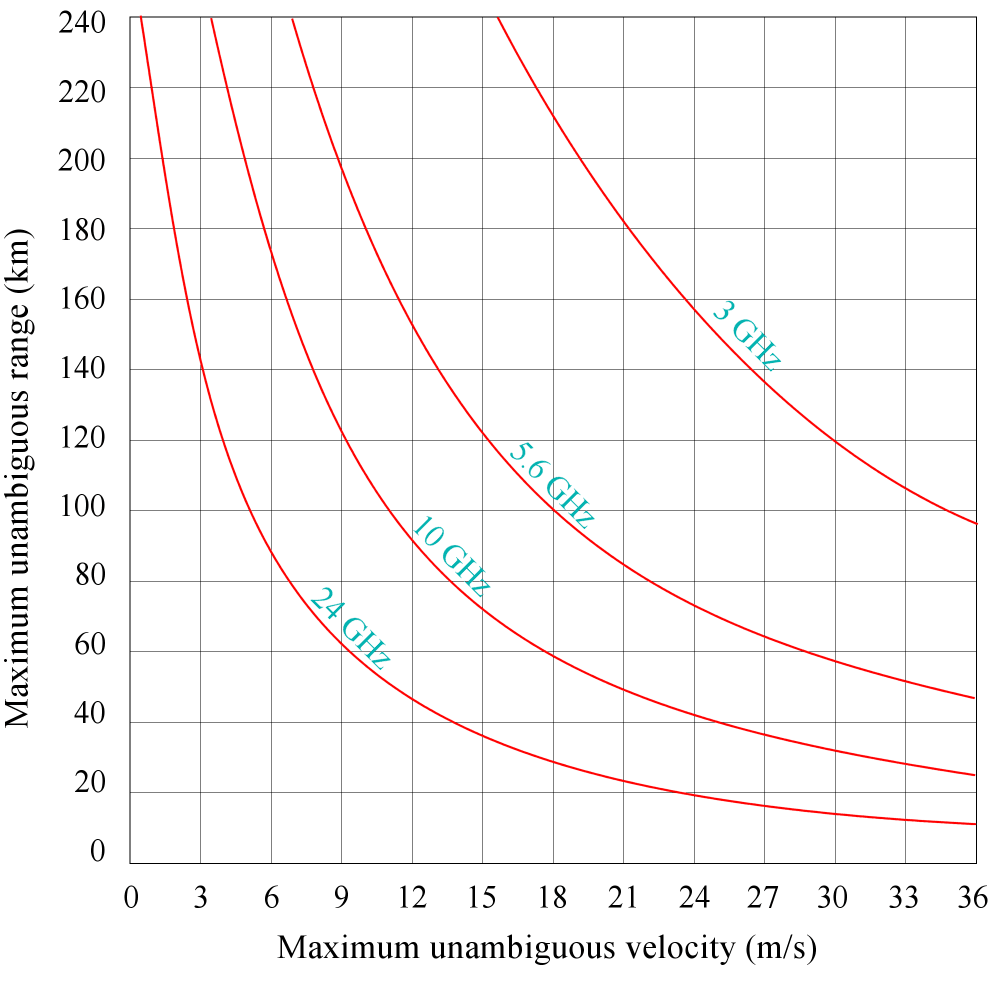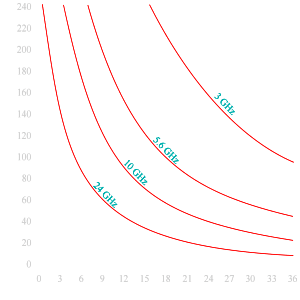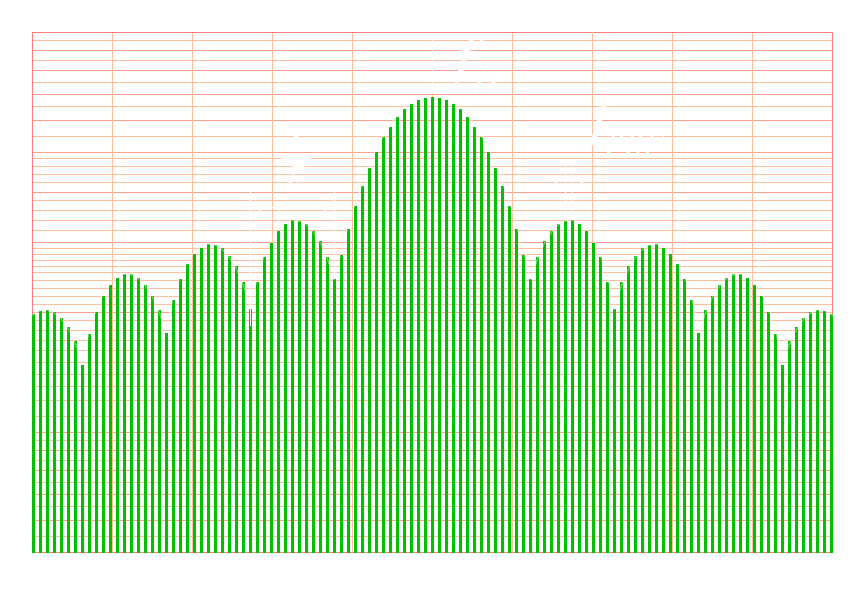Doppler Dilemma (Doppler ambiguity)

Figure 1: View of radar signal on a spectrum analyzer
What is doppler ambiguities?
Doppler Dilemma (Doppler ambiguity)
In pulse radar, the modulation of the carrier frequency is a periodic sequence of rectangular pulses. The frequency spectrum of the transmitted signal is a comb-shaped line spectrum. The line spacing of the spectrum is equal to the Pulse Repetition Frequency fPRF or PRF. These lines cannot be separated by a simple amplitude comparison. The received frequency spectrum (subject to the Doppler Effect) can only be used for unambiguous velocity measurements when the displacement of the received spectrum is smaller than the line spacing in the spectrum i.e., the Doppler frequency must be lower than the PRF, or the PRF must be higher.
While the electromagnetic waves travel with the speed of light, the pulse radar needs a given receiving time to detect far away objects. If the interpulse period is long enough that isn't a problem. When the interpulse period is shortened, the time to the last previous pulse is shorter than the actual time it took, giving a false (ambiguous) shorter range. Long range radars operate with a low PRF. Doppler radars capable of measuring a large range of velocities unambiguously operate at high PRF therefore.
The DOPPLER Dilemma: A good choice of PRF to achieve a large unambiguous range will be a poor choice to achieve a large unambiguous velocity and vice versa.
Using the general equation for Doppler Frequency, we can calculate the range of the unambiguous radial speed vr:
| fPRF > |fD| = | 2 · vr · ftx | (1) |
| c0 |
| vr < | c0 · fPRF | (2) |
| 2 ftx |

Figure 2: Frequency dependence of measurement of maximum unambiguous range and maximum maximum radial velocity

Figure 2: Frequency dependence of measurement of maximum unambiguous range and maximum unambiguous radial velocity
This equation is valid, if the direction of the Doppler shift is known, i.e. it is known, that the aim is moving toward or away from the radar site. If this direction is unknown, the unambiguous value of the velocity is halved again:
| vr < | c0 · fPRF | (3) |
| 4 ftx |
The pulse repetition frequency is a measure of the unambiguous range too. If the transmitter's pulse width is much smaller than the pulse period, then the value of the pulse repetition frequency fPRF can be substituted by the relation c0 /2·Rmax:
| Rmax · vr < | c02 | (4) |
| 8 ftx |
Now you can see, that the radars ability to measure an unambiguous range and an unambiguous Doppler frequency (i.e. the aims radial speed) depends on the transmitter's carrier frequency only.

